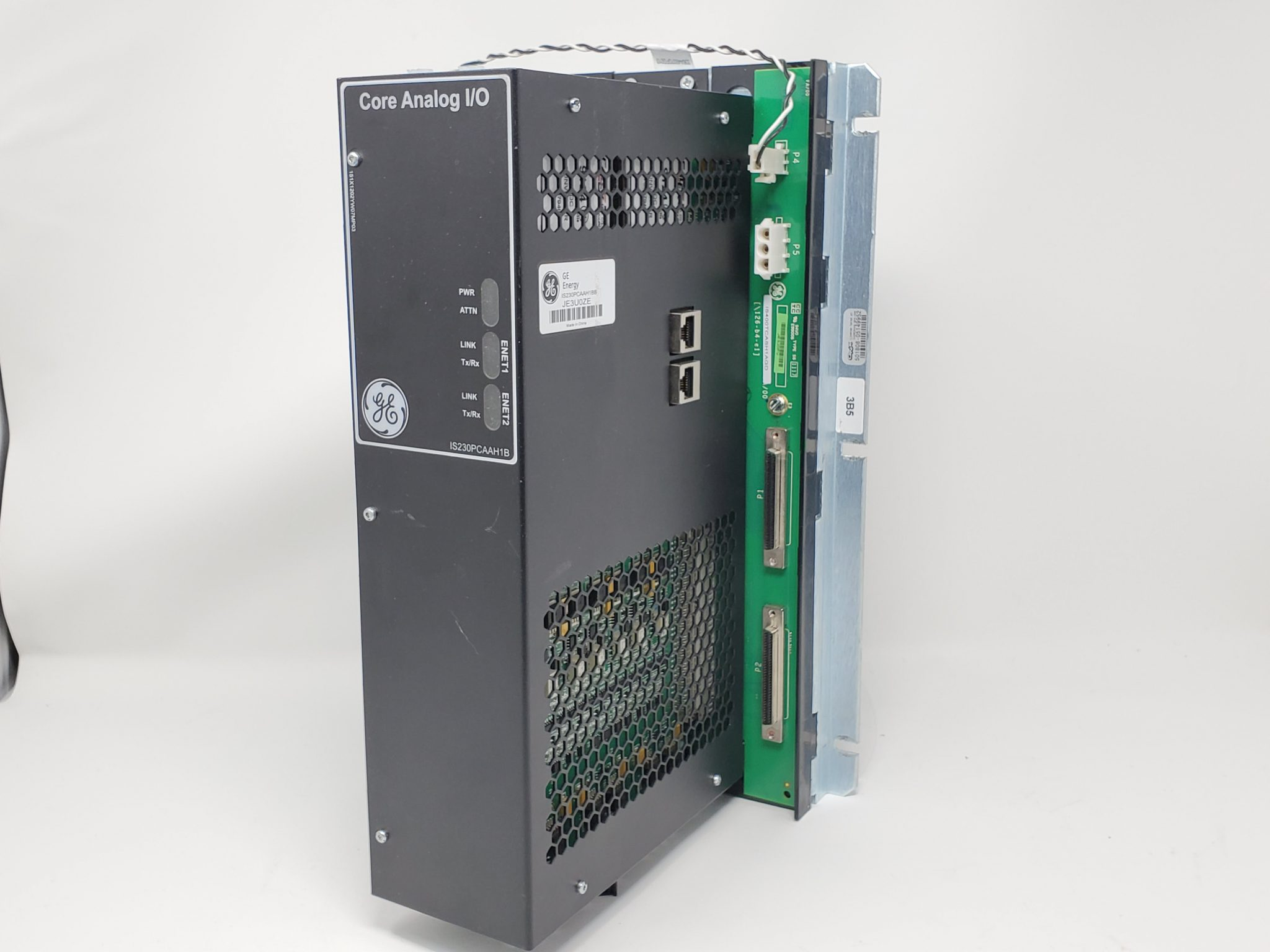
Superyachts: A System of Systems on the Sea
Redundancy. For any industrial or shipboard HMI/SCADA system, redundancy at all implementation levels is essential to provide resiliency for ensuring continued operation in the event of failures. Redundant edge controllers should be capable of working with a self-healing PROFINET ring for accessing remote I/O from devices. Redundant OT network switches and ring networks preserve uninterrupted communications amongst edge controllers and other Ethernet-capable shipboard systems, while redundant IT network switches and ring networks do the same for HMI/SCADA redundant servers and remote panel PCs.
Computing. A complete HMI/SCADA solution encompasses more computing than just what is needed for visualization. Programmable logic controllers (PLCs) and Linux-based edge controllers are best suited for installing close to shipboard equipment. Redundant servers host the HMI/SCADA core application and handle centralized data logging, alarming and analytics. Most users will interact with the HMI/SCADA via industrial panel PCs, each of which can be remotely located on the bridge and other essential locations as needed to provide a rich variety of graphical interfaces.
Single pane of glass possibilities
To enable the most effective user interaction and visualization with digital systems, many modern transportation systems—such as planes, trains, automobiles and even the SpaceX Dragon crew capsule—have shifted away from numerous individual specialized control interfaces. Instead, they now use a consolidated single pane of glass interface approach, where multiple systems are depicted on a unified digital display.
The auto industry in particular is an example of where this has been very prominent. Some new cars have almost no physical buttons, and just a few displays to represent the vehicle status, and to control the HVAC, accessories and entertainment subsystems. Apple CarPlay and Android Auto are further examples of standardized HMI/SCADA interfaces integrated into autos for streamlined connectivity with almost any type of personal mobile device.
In fact, the dashboard of a car is a good metaphor for the type of interface a ship needs. As with a person using a car, the crew on a ship should have ready access to essential information, along with the capability to dive into deeper details as needed (Figure 3).

The following outline represents a hierarchy of the types of visualization and integration functionality:
Dashboard provides overview of all systems
Engine Room
Propulsion (engine, exhaust gas and gear data)
Diesel generator and electrical power management
Valve controls and tank volumes
Schematics and performance indicators
Fire detection
Bridge
Exterior/navigation lighting
Interior lighting
Marex control head (propulsion controls)
Tank volumes
CCTV
HVAC
Pool
General
Alarms
Data logging
Marine designers can accelerate and standardize their efforts by using these demonstration configurations as a starting point for implementing their specific requirements.
Applications set sail
Here are two examples of industrial-grade HMI/SCADA hardware and software applications for marine use developed using Movicon.NExT from Emerson.
One marine contractor already had an established vessel dynamic positioning system (DPS) for use on a floating production storage and offloading vessel, but the system did not quickly dispatch alarms or provide an overview of functionality. By supplementing their existing subsystems with Movicon.NExT, alarms were rapidly transmitted, leading to improved data displays and physical safety.
A redundant architecture with two servers and four clients prevented interruptions and downtime. This high-performance HMI/SCADA improved the accuracy of vessel positioning during transfers, enhancing response time and decision-making based on the increased visibility, which in turn enhanced throughput, reliability and profitability.
A second case involved a marine industry systems integrator that realized that technology integration for superyacht projects was often characterized by inflexible products and high costs. Therefore, they set out to create a comprehensive and cost-effective solution that would be easily usable, even by a small crew. By basing their design on Movicon.NExT, they were able to reduce the time, cost and complexity for developing marine automation applications due to the use of a standardized and proven platform.
The resulting system is now used on 100+ vessels as a standard automation and visualization solution. End users benefit from simplified operation due to the integration of a wide range of highly disparate systems into a single interface. Builders realized decreased costs and complexity by reducing electrical cabling due to improved OT and IT network connectivity.
Modern HMI/SCADA platforms designed to be tough and capable enough for industrial use are often the best solution for integrating the wide range of digital systems found on today’s superyachts and ships. Such comprehensive and robust visualization solutions can consolidate vessel operations into a single, effective interface.























.jpg)












































.jpg)
.jpg)





.jpg)



.png)
.jpg)

.jpg)
_lVjBYb.jpg)

.jpg)
.jpg)



.jpg)
.jpg)







.jpg)

.jpg)
.jpg)











.jpg)





